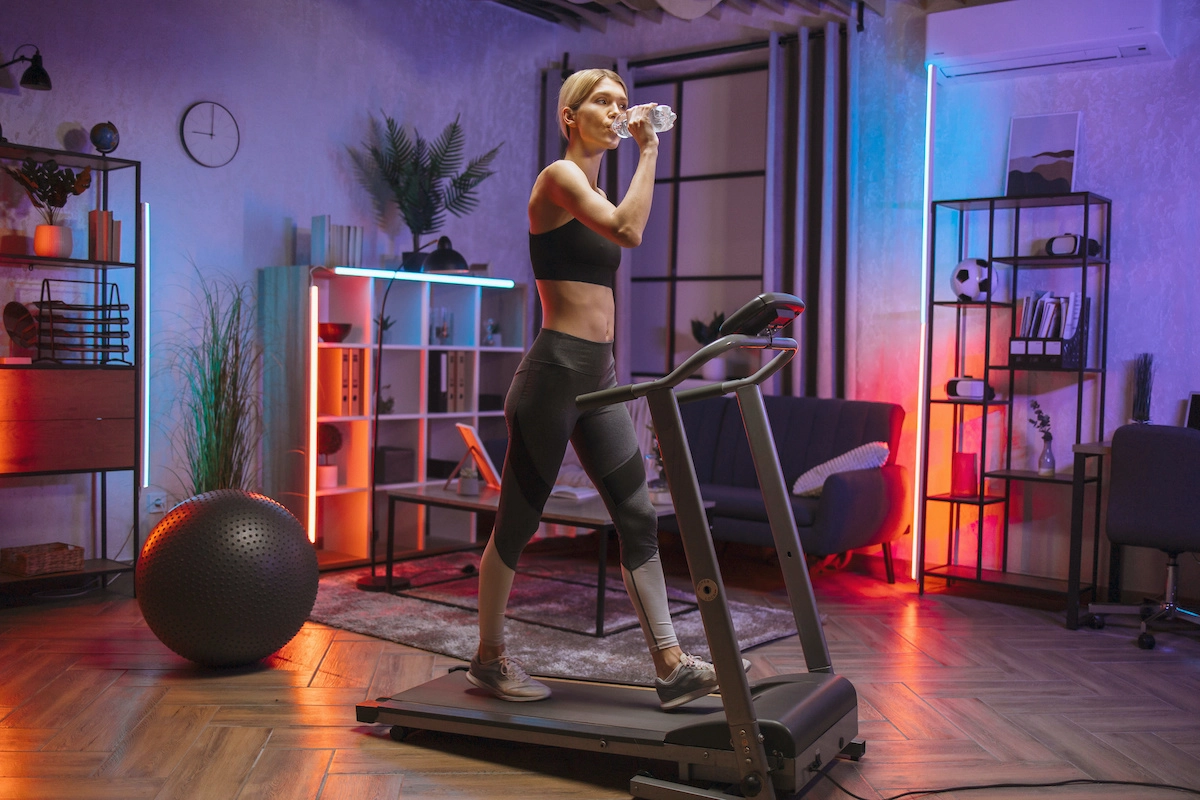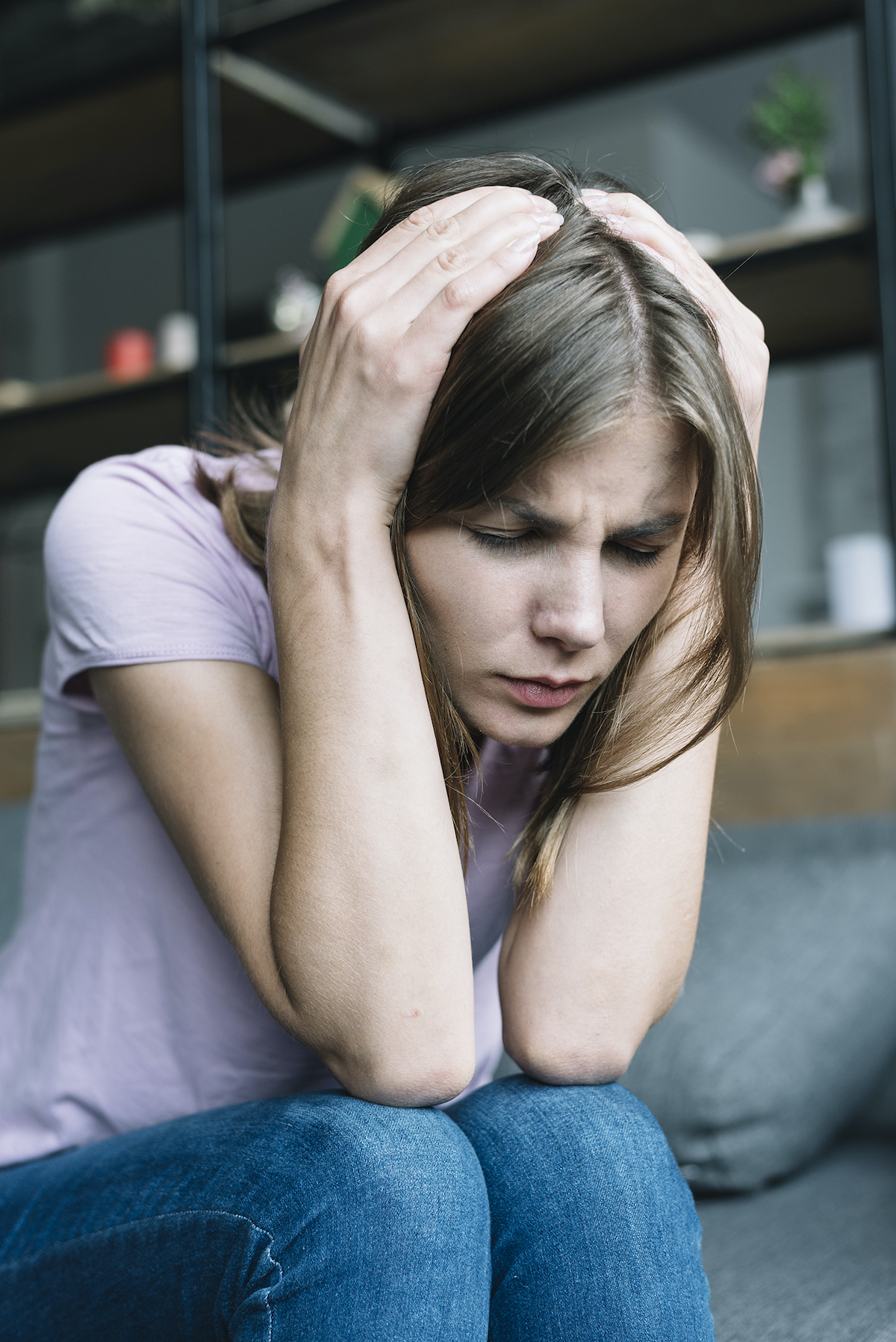
By Corrie Pelc
A 2023 study from researchers at the University of Sydney in Australia, recently published in the journal Diabetes Care, suggests that getting the majority of daily physical activity during the evening offers the most health benefits for people who have obesity.
This recent study reports that more than 1 billion people in the world are considered to have obesity, with projections that this number could potentially hit 4 billion people by 2050. Excess weight or obesity is a significant risk factor for many chronic illnesses such as diabetes, cardiovascular disease, and various types of cancers. One of the key drivers of obesity-related complications is insulin resistance—a condition which eventually leads to high blood glucose levels and type 2 diabetes. Having high blood glucose levels can cause catastrophic damage to the cardiovascular system and lead to organ failure.
Exercising after 6 p.m. linked to lowest risk of death
Research scientists involved in this study found that people who performed most of their aerobic moderate to vigorous physical activity between 6 p.m. and midnight had the lowest risk of premature death and death from cardiovascular disease. Both moderate and vigorous physical activity raises a person’s heart and breathing rates.
Examples of moderate physical activity include:
- brisk walking
- dancing
- mowing the lawn
- lifting weights
- swimming
Types of vigorous physical activity include:
- jogging/running
- hiking
- shoveling
- aerobics
- playing soccer or basketball
Late exercise offsets night-time insulin resistance
The lead researcher of the team believes the study results may be partly explained by the improved cardiometabolic regulation associated with undertaking physical activity during the evening, a theory which is supported by recent clinical studies.
“Our body is most insulin resistant at night and for those who cannot produce more insulin to compensate—like some of the people included in our study—undertaking physical activity at this time may be offsetting some of the natural night-time insulin resistance,” —Angelo Sabag, PhD, AEP, researcher and accredited exercise physiologist in the Charles Perkins Centre at the University of Sydney in Australia and lead author of this study.
“Furthermore, recent findings from a smaller clinical study showed that exercising later in the day led to greater improvements in blood pressure, which is a significant risk factor for premature death and cardiovascular disease,” Sabag continued.
“Together, these theories provide some insight into what may be occurring, but further research is required to gain a more comprehensive understanding of such processes,” he added.
3 minutes+ exercise bursts in the evening
The researchers discovered that the frequency in which participants performed moderate to vigorous physical activity tasks in the evening—measured in short bursts up to, or more than three minutes—appeared to be more important than the full day’s physical activity total.
“Physical activity, whether undertaken as structured leisure-time exercise, or incidental physical activity such as walking up the stairs, elicits profound health benefits,” Sabag explained. “By three minutes, most physical activity is primarily powered through our aerobic system, which when stimulated, can improve various cardiometabolic outcomes,” he continued. Based on this study, the lead author observes that it appears frequent bouts of short-interval exercise can be beneficial. So, people who cannot get 30 to 60 minutes of daily structured exercise, may be able to do shorter, more intense activity and see beneficial results. The emphasis on the value of short, moderate to vigorous activities in the evening, like walking upstairs or cleaning, suggests a flexible approach to meeting exercise recommendations.
Source: Fact checkedby Jill Seladi-Schulman, Ph.D.











